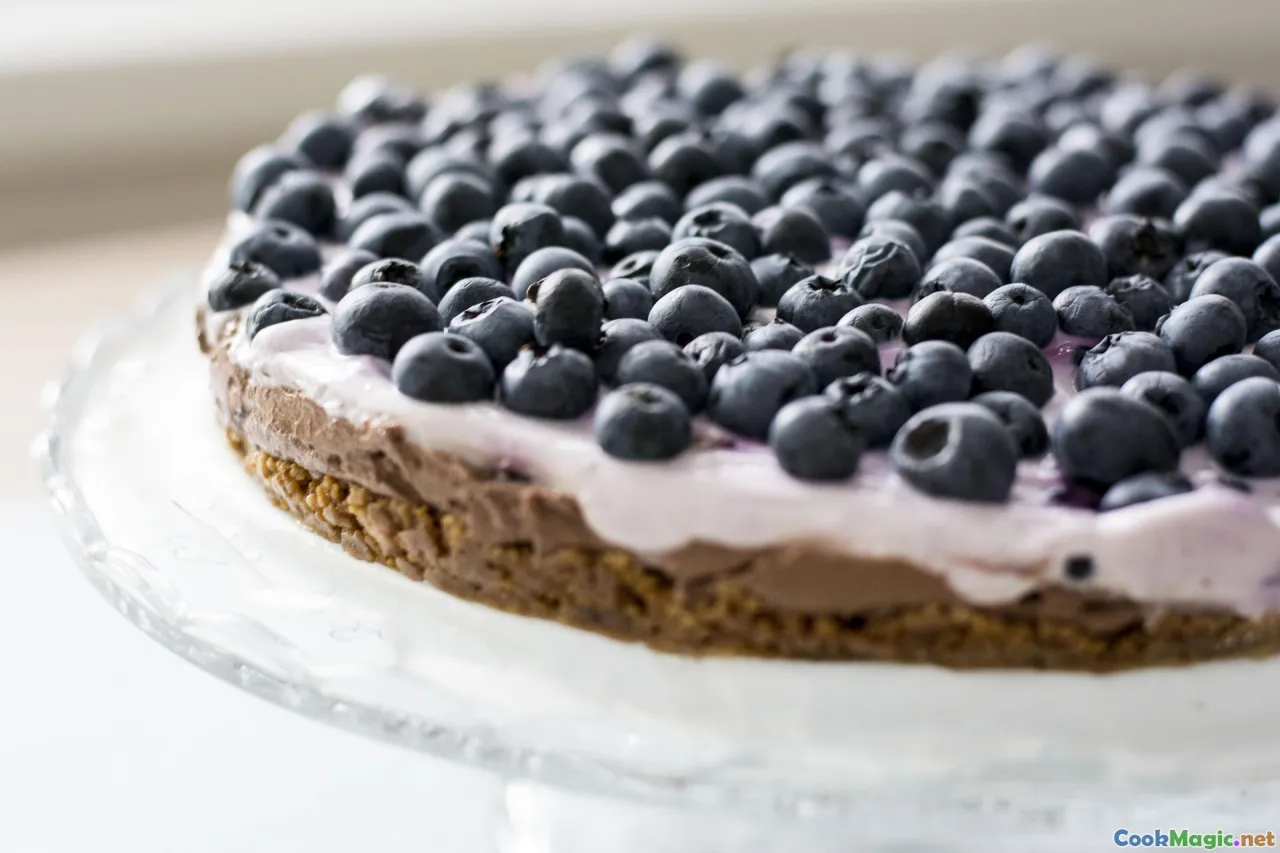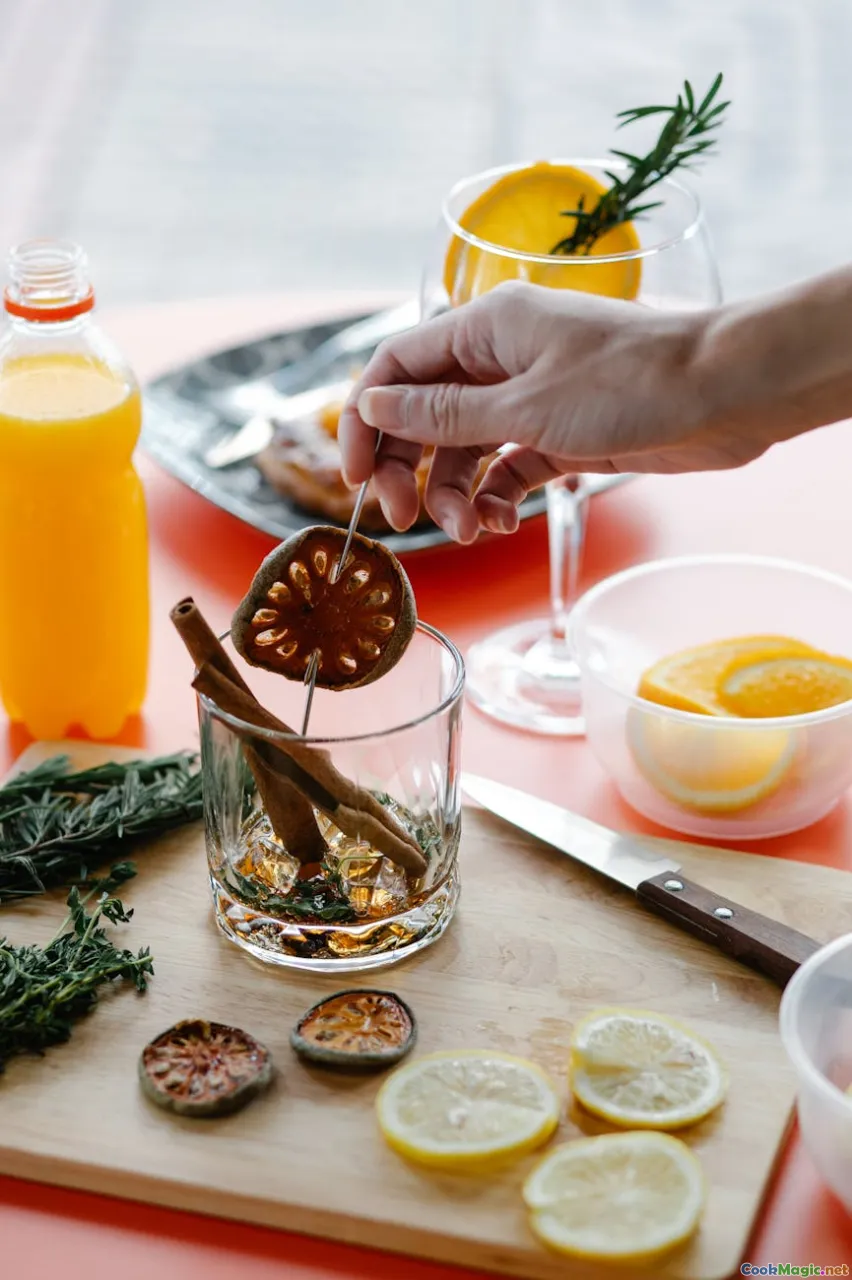A Chefs Guide to Crafting Guyanese Black Cake
10 min read Discover expert techniques and cultural insights to craft authentic Guyanese Black Cake for special occasions and festive celebrations. July 14, 2025 00:05
A Chef’s Guide to Crafting Guyanese Black Cake
There’s something undeniably evocative about the rich aroma of Guyanese Black Cake wafting through the warm Caribbean air at festive celebrations. For many Guyanese families, this dense, aromatic, and decadently spiced dessert isn’t just a treat—it’s a treasured emblem of heritage, history, and community bonding. As a culinary enthusiast passionate about exploring Caribbean cuisine, I’ve delved into the intricate art of crafting this masterpiece, blending centuries of tradition with personal flair. Join me on this flavorful journey as we unlock the secrets of Guyanese Black Cake—an edible tapestry woven with spices, spirits, and stories.
The Cultural Significance of Guyanese Black Cake

Guyanese Black Cake is more than a dessert; it’s a symbol of unity, resilience, and celebration. In Guyana, this cake is so integral to events like Christmas, weddings, and Emancipation festivals that its aroma alone can evoke nostalgic tears and familial smiles. Every family has their unique recipe—some handed down through generations—an edible legacy that ties ancestors to the present.
This cake’s roots trace back to the colonial era, influenced by British fruitcake traditions and intertwined with African, Indian, and Indigenous influences that make Guyanese cuisine so vibrantly eclectic. The richness of the dark molasses combined with a blend of aromatic spices echoes the tumultuous history and the soulful spirit of the people.
Ingredient Spotlight: What Makes Guyanese Black Cake Unique?

The hallmark of Guyanese Black Cake is its layered complexity—deep dark color, dense texture, and a heady scent of spices and spirits. Let’s break down the essential ingredients:
- Dried Fruits: Currants, raisins, prunes, and sometimes mixed peels soak for weeks in rum or cherry brandy, infusing the cake with sweet, tangy, and boozy notes.
- Molasses and Brown Sugar: These give the cake its signature dark hue and rich, caramel-like depth.
- Spices: Cinnamon, nutmeg, clove, and allspice are ground to a fine powder, providing initial warmth and complexity.
- Flour, Butter, Eggs: The traditional foundation forms the tender yet dense crumb.
- Spirit Liquor: Heavy doses of dark rum or cherry brandy are incorporated both in the soaking process and batter, enhancing aroma and shelf life.
The choice and balance of these ingredients define the final character of your cake.
Mastering the Preparation: A Step-by-Step Guide

Creating the perfect Black Cake demands patience, precision, and love. Here’s a detailed, seasoned approach:
1. Soaking the Dried Fruits
For depth of flavor, soak your dried fruits in rum or cherry brandy for a minimum of two weeks, ideally longer—up to a month. Use a large glass jar, add fruits, sprinkle in spices like a cinnamon stick and cloves, pour the spirit until the fruits are fully submerged. Stir weekly to distribute the flavors evenly.
Tip: The soaking process can be extended, allowing the fruits to absorb more spirits and develop a sticky, glossy appearance.
2. Preparing the Spiced Pastes
Mix ground spices in a small bowl, blending cinnamon, nutmeg, clove, and a pinch of allspice. Some chefs add a splash of vanilla extract or almond essence for extra depth.
3. Crafting the Batter
In a large bowl, cream softened butter and dark brown sugar until pale and fluffy. Add eggs one at a time, beating well after each addition. Fold in the molasses—its bittersweet richness is what imbues the cake’s signature dark color.
Gradually introduce sifted flour and a pinch of salt, alternating with blended spices. Incorporate the soaked dried fruits and their soaking liquid, chopped fine if desired.
4. Incorporating the Spirits
Add generous glugs of dark rum or cherry brandy into the batter—this not only imparts flavor but also acts as a preservative. The batter should be thick but manageable.
5. Baking with Care
Preheat your oven to 150°C (300°F). Grease a deep, lined baking pan or mold. Pour your batter evenly, smoothing the top.
Bake slowly for 2.5–3 hours, until a skewer inserted in the center comes out clean. Because of its density, take care not to overbake—use the skewer as a guide.
Tip: For an extra touch of authenticity and flavor, brush the hot cake with rum or cherry brandy once removed from the oven. Wrap it in parchment and let it mature.
The Art of Maturation and Maintenance

Guyanese Black Cake is best enjoyed after a maturation period of at least one month, preferably longer. Wrap it tightly in parchment paper followed by aluminum foil, then store in a cool, dark place.
Regularly “feed” the cake by brushing it with a little more spirit—this keeps it moist and intensifies its flavors. Over time, the cake becomes even denser and more luxurious, as the flavors meld and develop.
Fusion Flavors and Personal Twists
While traditional recipes hold sway, creative chefs often add their signature touches. Options include:
- Adding a splash of cherry or vanilla extract for subtle fruitiness.
- Incorporating chopped nuts such as cashews or pecans for added texture.
- Experiencing local spice variations like ginger or Caribbean-style allspice.
- Using dark chocolate chunks for a decadent twist.
Personalizing your Black Cake turns the baking process into a celebration of legacy and innovation.
Tips from the Experts
- Quality dried fruits: Use fresh, high-quality dried fruits—soaked in high-proof spirits—to maximize flavor.
- Patience: Maturation is key; the longer your cake rests, the richer and more harmonious the flavors become.
- Humid storage: Avoid storing the cake in overly dry environments to prevent cracking or drying out.
- Presentation: Traditionally, Black Cake is decorated with maraschino cherries, gullane almonds, or even marzipan accents for celebratory displays.
Tasting the Fruit of Your Labor
Upon slicing, your Black Cake should reveal a dense, moist interior flecked with jewels of soaked fruit, fragrant with spices and spirits. The texture should be tender yet hearty—each bite offering a complex symphony of sweetness, warmth, and boozy richness.
The first taste often starts with a robust, spicy hit, followed by lingering notes of caramel, cherry, and vanilla. Pair it with a strong cup of dark coffee or a splash of aged rum for a truly authentic experience.
Celebrating Guyanese Heritage One Slice at a Time
In exploring the depths of Black Cake, you’re not just baking a dessert—you’re engaging in a tradition that tells the story of resilience, celebration, and identity. Whether shared among family during Christmas, presented at joyous weddings, or enjoyed simply for its nostalgic charm, Black Cake embodies the heart and soul of Guyanese culture.
So, roll up your sleeves, gather your herbs and spirits, and begin a culinary journey that connects you to generations past. Embrace each step—the soaking, the baking, the aging—and in doing so, craft not just a cake, but a living legacy.
May your Black Cake be rich, your spirits high, and your heritage celebrated in every flavorful bite.









